Harnessing the Power of Habit to Treat Trichotillomania: A Path to Recovery
Trichotillomania, often referred to as trich, is a habit characterized by an irresistible urge to pull out one’s own hair. This condition can lead to noticeable hair loss and significant emotional distress. While it can affect individuals of any age, it often begins during adolescence, making effective treatment crucial for long-term recovery. One promising approach to managing trichotillomania is using habit reversal training (HRT), a cognitive-behavioral technique designed to help individuals recognize and alter habitual behaviors.
Understanding Habit Reversal Training (HRT)
Habit Reversal Training (HRT) is a structured behavioral intervention aimed at replacing maladaptive habits with healthier alternatives. Developed by Dr. Nathan Azrin and Dr. R. Reid Wilson in the 1970s, HRT focuses on increasing awareness of the habit, developing competing responses, and reinforcing positive behaviors.
For trichotillomania, HRT involves several key components:
1. Awareness Training: The first step in HRT is helping individuals become more aware of their hair-pulling behaviors. This includes identifying triggers, contexts, and the physical sensations associated with the urge to pull. By increasing self-awareness, individuals can begin to recognize when they are engaging in the behavior and what might be driving it.
2. Competing Response Training: Once individuals are aware of their habit, the next step is to develop and practice alternative behaviors that can replace hair-pulling. These competing responses are designed to be physically incompatible with the hair-pulling action. For example, a person might learn to clench their fists or engage in a different hand activity when they feel the urge to pull hair. The goal is to redirect the behavior into a healthier, non-destructive action.
3. Social Support and Reinforcement: A crucial aspect of HRT is involving social support and using positive reinforcement. This involves enlisting the help of family members or friends who can provide encouragement and feedback. Reward systems can also be established to reinforce progress and maintain motivation. Recognizing and celebrating small successes can help sustain commitment to the treatment plan.
Why Habit Reversal Training is Effective for Trichotillomania
1. Behavioral Focus: HRT is specifically designed to address habitual behaviors, making it a suitable intervention for trichotillomania, which is fundamentally a repetitive and compulsive action. By focusing on the behavior itself, HRT provides practical tools for individuals to manage their urges and replace them with healthier alternatives.
2. Increased Self-Awareness: One of the key benefits of HRT is that it fosters a deeper understanding of the habit. By learning to recognize the triggers and physical sensations associated with hair-pulling, individuals can become more mindful and proactive in managing their behavior. This heightened awareness is critical for breaking the cycle of trichotillomania.
3. Customizable and Adaptable: HRT is a flexible approach that can be tailored to fit individual needs. Competing responses can be adapted based on personal preferences and circumstances, making it a versatile tool for different scenarios and triggers. This customization helps individuals find strategies that work best for them.
4. Empowering Individuals: HRT empowers individuals by giving them concrete tools and strategies to manage their condition. This empowerment can enhance self-efficacy and confidence, which are important for overcoming the challenges associated with trichotillomania.
Integrating HRT with Other Therapeutic Approaches
While HRT is a powerful tool for managing trichotillomania, it is often most effective when used in conjunction with other therapeutic approaches. Cognitive-behavioral therapy (CBT) can complement HRT by addressing underlying thought patterns and emotional issues that contribute to hair-pulling behaviors. Additionally, mindfulness techniques and stress management strategies can further support individuals in managing triggers and reducing the urge to pull hair.
Conclusion
Trichotillomania can be a challenging condition, but Habit Reversal Training offers a promising pathway to recovery. By increasing self-awareness, developing alternative behaviors, and utilizing social support, individuals can effectively manage their hair-pulling habits and work towards long-term healing. HRT’s focus on practical, actionable strategies provides a solid foundation for overcoming trichotillomania and building healthier behavioral patterns. For those struggling with this condition, seeking the guidance of a skilled therapist experienced in HRT can be a crucial step towards regaining control and achieving a more fulfilling life.
